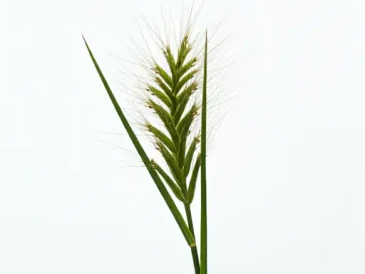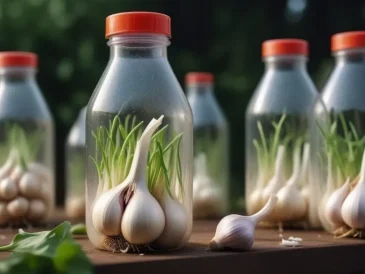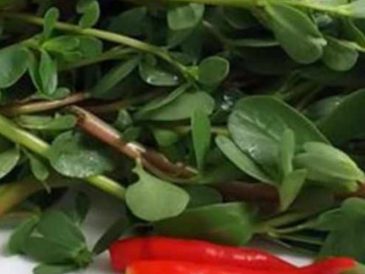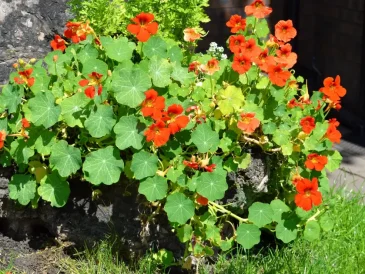Lavender, with its fragrant blooms and calming properties, is a beloved plant in many gardens. However, to keep it healthy, vibrant, and producing its best flowers year after year, proper pruning is essential. While pruning lavender can be done at various times, August stands out as the ideal month for this important task. In this guide, we’ll explain why August is the best time to prune lavender and provide you with expert tips on how to do it correctly.
Why August is the Optimal Time for Pruning Lavender
Lavender is a hardy perennial that thrives in warm, sunny conditions, and its growth cycle follows the seasons closely. Pruning in August, just after its flowering period, offers several key benefits for the plant:
1. Encourages Healthy Regrowth
After lavender has finished blooming in mid to late summer, pruning helps stimulate fresh growth for the next season. By cutting back the spent flowers and some foliage, the plant conserves energy and directs it toward producing strong, healthy stems for the next bloom cycle.
2. Prepares the Plant for Winter
Lavender can suffer during the cold, harsh months if it’s not pruned at the right time. August pruning allows the plant to harden off before winter, making it more resistant to frost damage. This ensures that your lavender plant remains healthy and robust for the following spring.
3. Prevents Woody Growth
Lavender tends to develop woody stems if left unpruned for too long. Over time, these woody sections can make the plant less productive and cause it to split or die. Regular August pruning helps keep the plant compact and prevents the excessive formation of woody stems.
4. Maximizes Flowering Potential
By trimming lavender back in late summer, you enhance its ability to produce more blooms in the next growing season. Lavender plants respond well to timely pruning by rewarding gardeners with fuller, more abundant flowers the following year.
How to Prune Lavender in August: Step-by-Step Guide
1. Gather Your Tools
To prune lavender effectively, you’ll need the following tools:
- Sharp pruning shears: Ensure your shears are clean and sharp to make precise cuts.
- Gloves: Lavender can be slightly abrasive on the skin, so wearing gloves can protect your hands.
- Garden waste bag: To collect the cuttings and prevent debris from spreading around your garden.
2. Choose the Right Time of Day
It’s best to prune lavender on a dry, sunny day. Morning or late afternoon are ideal times, as the plant will have time to recover from pruning before the heat of the day sets in.
3. Identify Where to Cut
Lavender should be pruned just above the woody growth, where new, soft green stems have sprouted. Avoid cutting into the thick, woody base of the plant, as this can stunt growth or even kill the plant. Aim to leave about 2–3 inches of green foliage above the woody stems.
4. Cut Back the Plant
Using your pruning shears, make clean, even cuts around the plant. Focus on removing the spent flower heads and trimming back the green foliage. Aim to reduce the plant by about one-third of its total size. This promotes a neat, compact shape while encouraging healthy new growth.
5. Shape the Plant
As you prune, shape the lavender plant into a mound or dome. This rounded shape allows for better air circulation and helps the plant maintain a strong, balanced structure. It also looks visually appealing in the garden.
6. Dispose of Cuttings
After pruning, collect all cuttings and remove them from the garden. Lavender cuttings can be composted or used to create lavender sachets for home use.
Common Mistakes to Avoid When Pruning Lavender
1. Pruning Too Late
One of the biggest mistakes gardeners make is waiting too long to prune lavender. Pruning in the fall or early winter can leave the plant vulnerable to frost damage, so always aim to prune in August or early September at the latest.
2. Cutting Into the Woody Stems
Lavender’s woody stems do not regenerate as easily as the soft, green stems. Avoid cutting too deeply into the wood, as this can prevent the plant from regrowing properly.
3. Over-Pruning
While lavender benefits from a good trim, over-pruning can weaken the plant. Always leave enough foliage on the plant to allow it to continue photosynthesis and prepare for the next growing season.
Benefits of Proper Lavender Pruning
Regular, proper pruning of lavender results in a healthier, more productive plant. Here are some benefits of pruning at the right time:
- Longer Lifespan: Lavender can live for many years if pruned annually.
- Better Air Circulation: A well-pruned plant allows for improved airflow, reducing the risk of disease.
- More Abundant Blooms: Pruned lavender produces more flowers, making your garden even more fragrant and beautiful.
Conclusion
August is undoubtedly the best time to prune lavender. By pruning after the flowering season, you prepare the plant for the winter months, encourage healthy regrowth, and maximize its blooming potential for the following year. With the right technique and timing, your lavender will reward you with abundant flowers and a fragrant, vibrant presence in your garden for years to come. Happy pruning!




